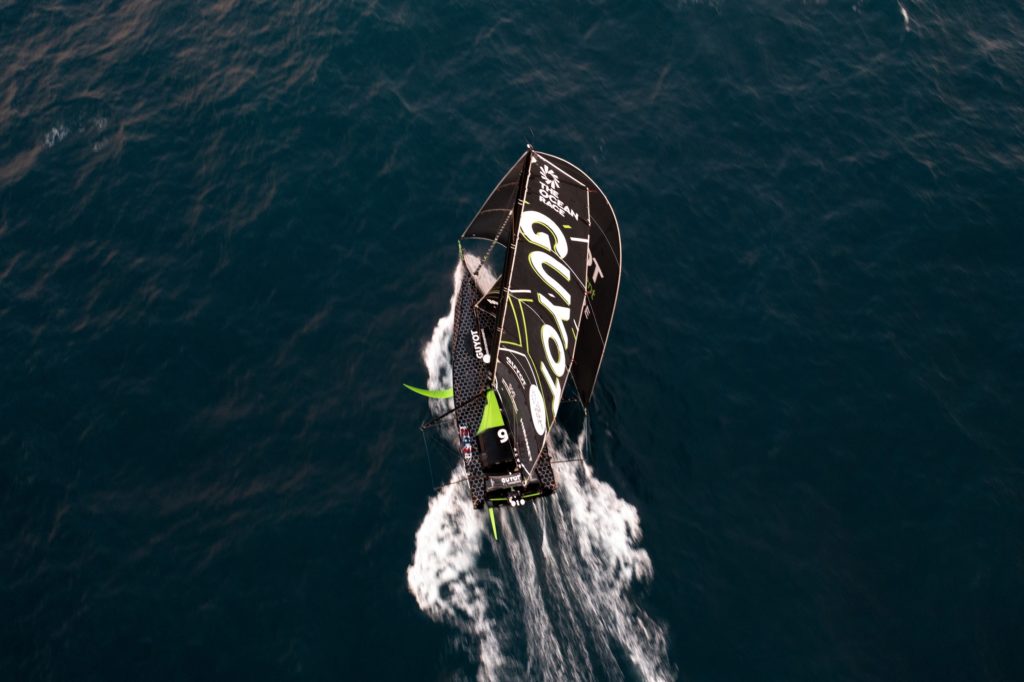At 43 degrees south, the GUYOT environnement – Team Europe jibed on Thursday night and set course for Cape Town. “Layline to Cape Town – 1600 nautical miles,” reported skipper Robert Stanjek with a grin from on board. “On an inshore course, I would say „one and in.”
It’s not that far yet, because there is not only a long way to go, but also a high-pressure area that has to be overcome. What the teams in front don’t like at all gives GUYOT environnement – Team Europe another chance to at least shorten the gap.
Before the jibe, the crew with Stanjek, Sébastien Simon, Anne-Claire Le Berre, Phillip Kasüske and onboard reporter Charles Drapeau had to endure rough seas. “At the beginning the waves were quite big and terrible, quite cross seas from all sides. Now it’s going better. We have a good speed. Unfortunately, there was little sleep for me. Because we changed to the A3 in the middle of my off watch. But I was able to catch up on some sleep afterwards. Now everything is good again. And the sail change was absolutely worth it. We are faster and lower than the routings at the moment. So we are making up some ground,” reported Phillip Kasüske.

Mit dem Laden des Videos akzeptieren Sie die Datenschutzerklärung von YouTube.
Mehr erfahren
For Anne-Claire Le Berre, there were also real moments of enjoyment in the Roaring Forties: “It’s the first time I’ve sailed this far south. It’s a great moment to see all the colours in the sky and the albatross. It’s a very beautiful moment for me.”
Robert Stanjek was happy to echo this, “Off the race, it’s a fantastic leg. We have visited the forties. I think in the last two days we have lost about 20 degrees Celsius. The water is cold. The light reminds me of winter days.”
Navigator Sébastien Simon also looked at the instruments with satisfaction, “Just before the gybe, we have to change from A3 to C0. At the moment, the weather conditions are very good. We are really fast, 100 per cent of polar, almost 20 kn boat speed. That’s nice.”
After the gybe, things got even better. While the front of the field was already heading into the high pressure wedge of the St Helena High, GUYOT environnement – Team Europe made up more miles.
“We now have a nice long wave coming out of the Southern Ocean. Whenever we manage to surf the wave, we reach top speeds of over 30 knots,” said skipper Stanjek. With restraint, he calculated the chances of catching up with the top: “As a competitor, you always have to be optimistic. But the gap is huge. We now have to concentrate on sailing the boat fast to keep the possibility of getting closer to the same wind system.” Looking ahead to Cape Town, a complicated finale awaits. “To be honest, I don’t know the approach to Cape Town, the local conditions. For the next two and a half days we have to focus on speed and then we will probably feel the local effects around Cape Town and have to see if we can make a good final there,” says Stanjek.


